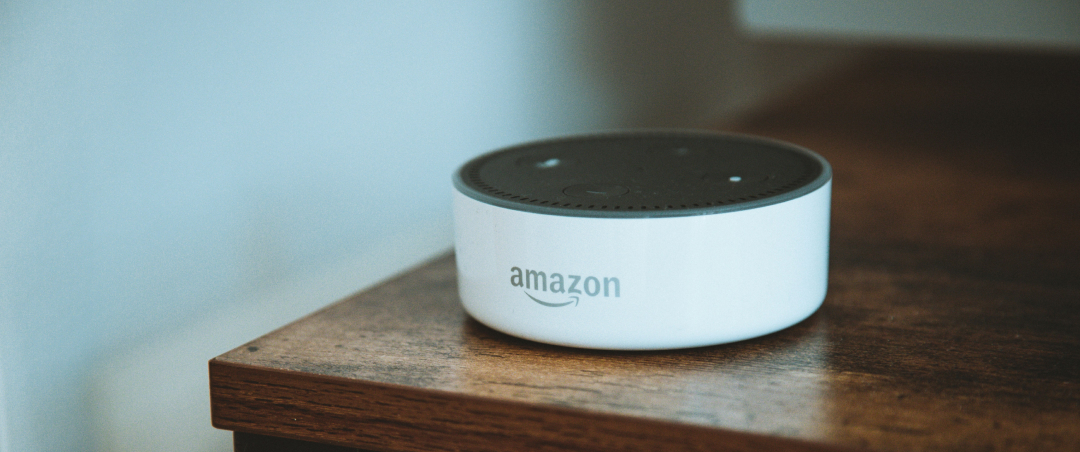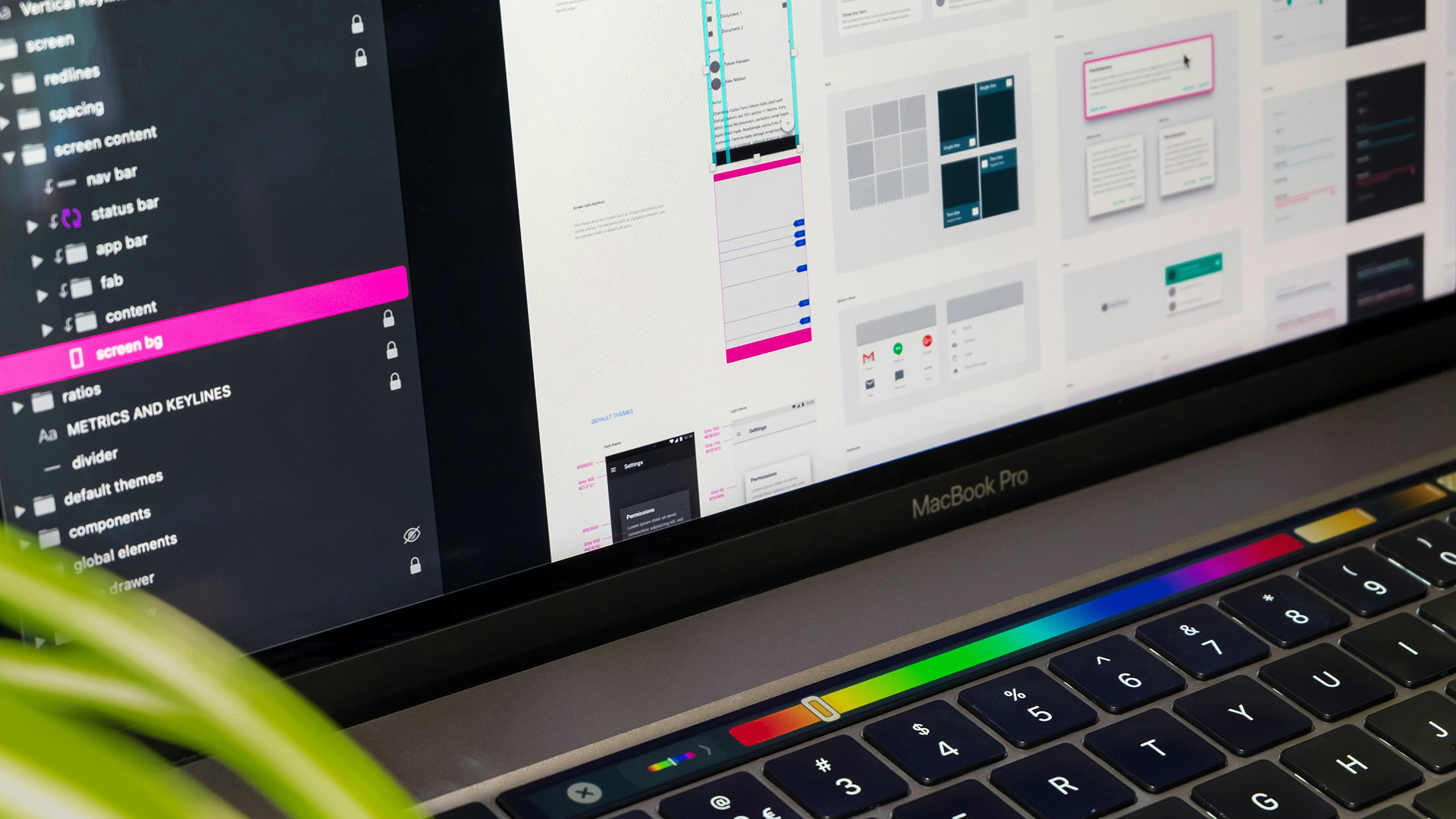Over the last 20 years, I’ve seen the UX design landscape transform dramatically. And as we reach the midway point of 2025, it’s clear that several powerful trends are no longer just emerging ideas, rather established forces that are fundamentally reshaping how we design and how users interact with digital products.
With that in mind, let’s look at 5 UX design trends that are making a significant impact this year:
1. The deepening of AI-powered personalisation
AI’s role in UX continues to mature beyond simple recommendations.
In 2025, we’re witnessing a significant leap towards hyper-personalisation and truly adaptive interfaces. This means AI analysing real-time user behaviour, preferences, and even emotional cues to dynamically adjust content, layouts, and navigation [1]. Users now expect an experience that not only anticipates their needs but also evolves with them, making every interaction feel uniquely tailored and effortlessly intuitive [2].
2. Accessibility as a non-negotiable foundation
It’s 2025; accessibility has long gone from being considered “a good practice” to a core principle and an absolute necessity in UX design. [3]

Inclusive design is paramount to ensure digital products are enjoyable and usable for everyone, regardless of ability. This means having accessibility features baked in from the very start of the design process, such as good keyboard navigation, high-contrast options, comprehensive screen reader compatibility, and scalable typography [4]. The focus is on diverse user perspectives, leading to a more empathetic and universally beneficial designs.
3. Sustainable design practices…in the digital world
As environmental awareness grows, so does the expectation for digital products to be designed with sustainability in mind.
And yes, I know it feels weird to put “sustainability” and “digital” in the same sentence; until recently, us UX designers would often think of our products as the definition of sustainable, after all it’s not like we’re creating physical products that use up resources and take up space in landfills, right?
Yet data centres alone account for 2.5 to 3.7 percent of global greenhouse gas emissions (that’s more energy consumed than the global aviation industry!) because of their reliance on fossil fuels to keep them running 24/7. And thanks to AI models (which run on these data centres), it’s estimated that the energy consumption on the European continent will grow 28% by 2030! [5]

So that’s why, in 2025, UX designers are increasingly focusing on creating energy-efficient interfaces. This translates to optimising for performance, reducing data consumption (e.g., through efficient image loading and minimising autoplay videos), and even considering the environmental impact of colour palettes (dark mode, for example, can be more energy-efficient on OLED screens). [6] This trend isn’t just about aesthetics; it’s about responsible design.
4. Immersive experiences with AR/VR and 3D elements
The boundaries between the physical and digital worlds continue to blur. In 2025, Augmented Reality (AR) and Virtual Reality (VR) are moving beyond niche applications, becoming more integrated into everyday UX.
Designers are exploring how to create more interactive and engaging 3D elements, allowing users to explore products and environments in new, immersive ways. This trend challenges us to design for spatial interactions and seamless transitions across diverse devices, from traditional screens to more experiential platforms [7].
While I believe there are some inherit problems with AR and VR, it’s impossible to ignore its potential and reach. But that’s a topic for another post!
5. The rise of Voice User Interfaces (VUIs) and Conversational AI
Voice technology is rapidly evolving, making voice-first interfaces a significant trend for 2025. As smart speakers and voice assistants become more sophisticated (think Alexa and Siri), users expect natural and intuitive conversational interactions.

UX designers are refining how we craft these voice experiences, focusing on context-aware responses, proactive assistance, and seamless integration with other modalities like touch and gesture. [8] The goal is to make interacting with technology feel more human and less like operating a machine.
Conclusion
These trends collectively point to a future where UX design is increasingly intelligent, deeply personal, ethically conscious, and seamlessly integrated into every facet of our lives. It’s an exciting time to be a UX professional, pushing the boundaries of what’s possible and continually striving to create truly meaningful digital experiences.
References
- [1] – Top 5 UX/UI Design Trends in 2025: The Future of User Experiences (Forbes)
- [2] – Dominant UX trends: Forecast for 2025 (uxstudio)
- [3] – UX design trends for 2025 (Lyssna)
- [4] – The biggest UX design trends shaping the industry in 2025 (UX Design Institute)
- [5] – AI’s Growing Carbon Footprint (Columbia Climate School)
- [6] – Top 20 UI/UX Design Trends of 2025: What’s Shaping the Future? (Aufait UX)
- [7] – 6 UX design trends and predictions for 2025 ( PFH Private Hochschule Göttingen)
- [8] – Best UX UI Trends 2025/2026: What to Expect? (Whizzbridge)
- Cover image: Photo by Tirza van Dijk on Unsplash
